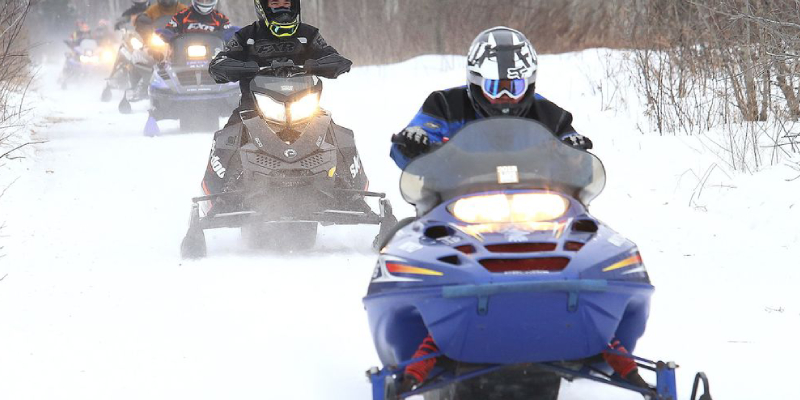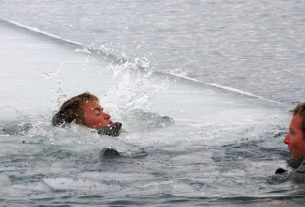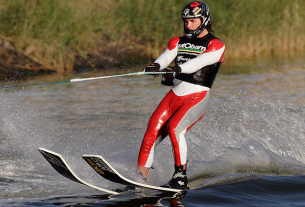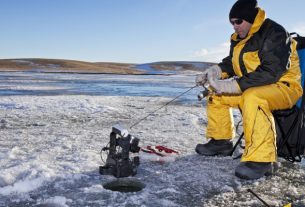Every passing year witnesses many tragedies yet deaths that could have been avoided due to snowmobiling. Snowmobile is nothing but a high speed bike that is rode in a dangerous yet natural habitat. Results of such dangerous rides are serious injuries to humans and even fatalities such as death caused due to cold water collisions and drowning.
Snowmobiling Points-to-Ponder
- Ongoing survey conducted by Canadian Red Cross has concluded a record of 398 deaths that are related to snowmobiling in the past 20 years. It was also found that such fatal accidents can be greatly prevented.
- The age group of snowmobile deaths ranged between 15 to 44 years old and in specific males between 25 to 34 years.
- Immersions during snowmobiling occurs mainly when the riders are journeying through ice, travelling off the bridge or off the road and many in lakes.
- It was found that major deaths showcased high blood alcohol level in more than 58% of fatalities.
- A bare minimum of 3% of those who died during a snowmobiling accident had their floatation suits on them during the accident.
- Amongst all the deaths that are caused during snowmobiling it is concluded that 46% is also due to holes present in the ice and immersions through thin ice.
Prevention Tips to Care for During Snowmobile Activity
- Researching the surrounding terrain and cloth oneself with the right kind of safety equipment.
- There are many dangerous spots alongside the journeying area. Surveying them prior to travel and also avoiding travelling through nights is suggested. Wearing protection wears such as helmets, flotation devices and clothing that avoids hypothermia will help with any sudden accidents and not allow one to die of frostbite.
- Rescue equipment along with flashlights, waterproof lighter, blankets, etc., to be carried along during the travel. Alcohol consumption should be completely avoided.
- Conditions of the ice are to be checked and confirmed that the ice at least carries 25 cms of thickness as snowmobiling equipment is heavy and the thick layer of ice is required as support.
- Always travel along with a partner and avoid making the trip alone on ice as a backup rescue during any fatal accidents. It is best to discuss the rescue plan in advance so that the accompanying person is aware of the procedures to follow during any sudden situation.
- It is important to create a travel plan before commencing the journey.
- Letting someone back home know of the names of people travelling along, the owner of the snowmobiling equipment, the place where one is going to travel to, timings of the activity, stoppages that are planned during the journey and the plan of return is crucial.
Know More About : Water Skiing Beach Start With One Ski




